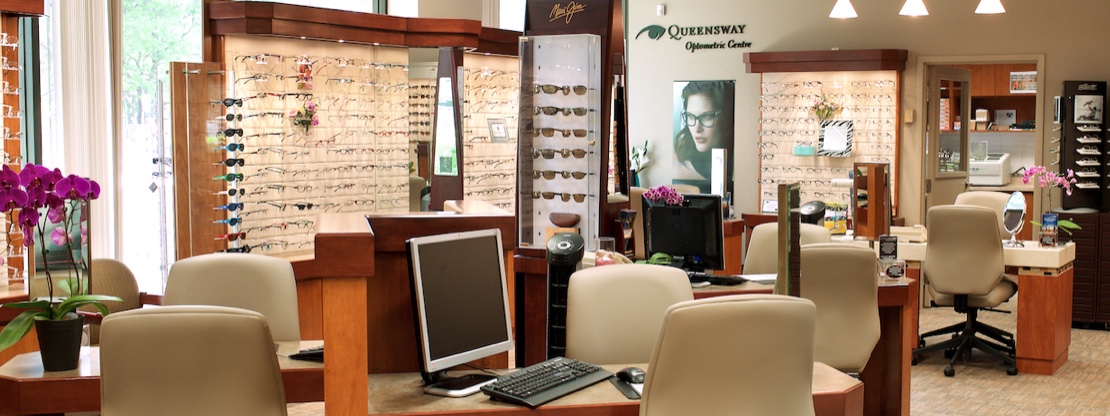Myopia Control for Children
One of the most common refractive errors we see in children is myopia, more commonly known as nearsightedness. Myopia can develop in children as young as 6 years old, and can progress well into adulthood.
With myopia, your child may find it difficult to read the classroom whiteboard, watch movies at the theatre, or even play sports that require distance vision.
Learn more about myopia and how we can help control it on our Myopia Control page!









